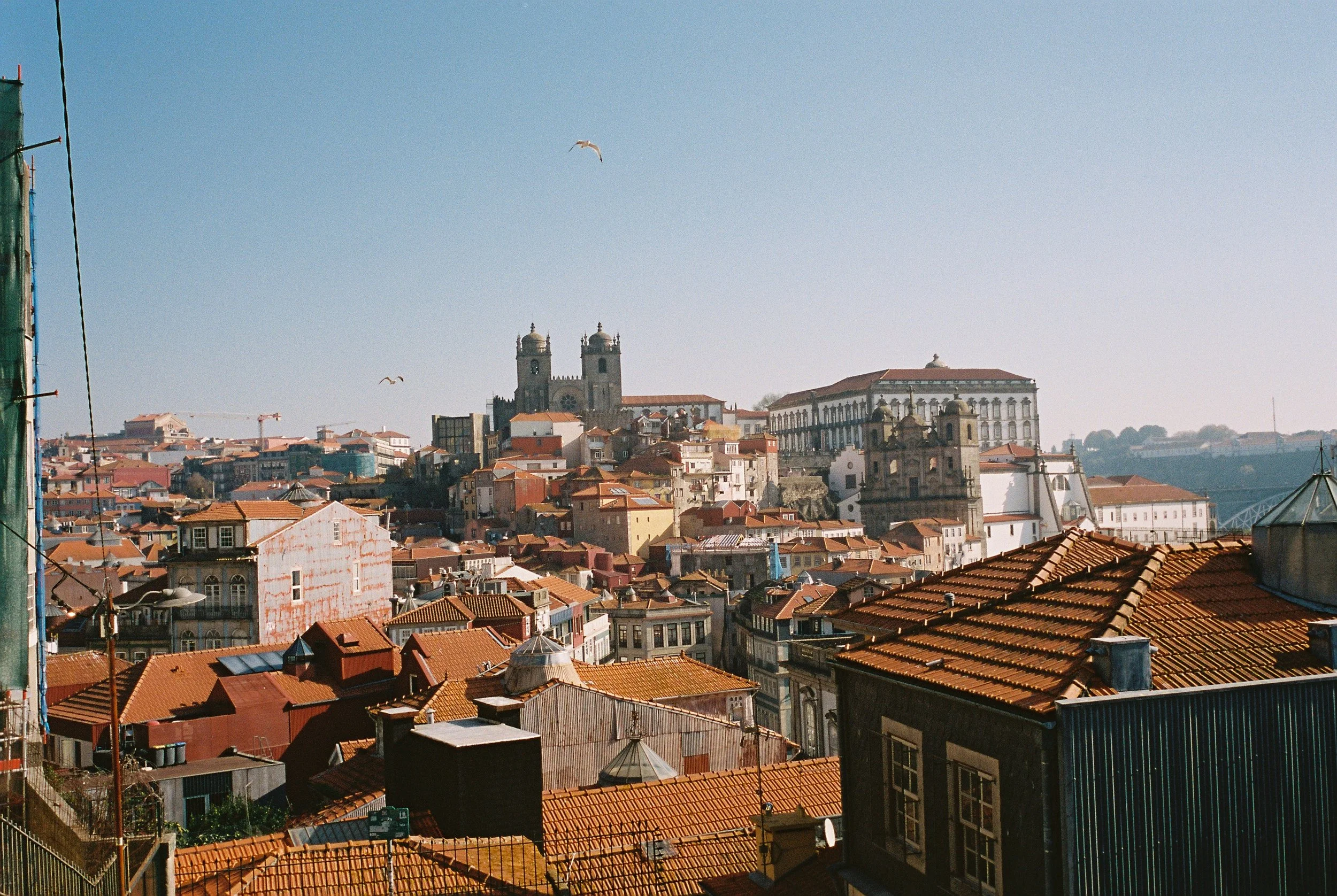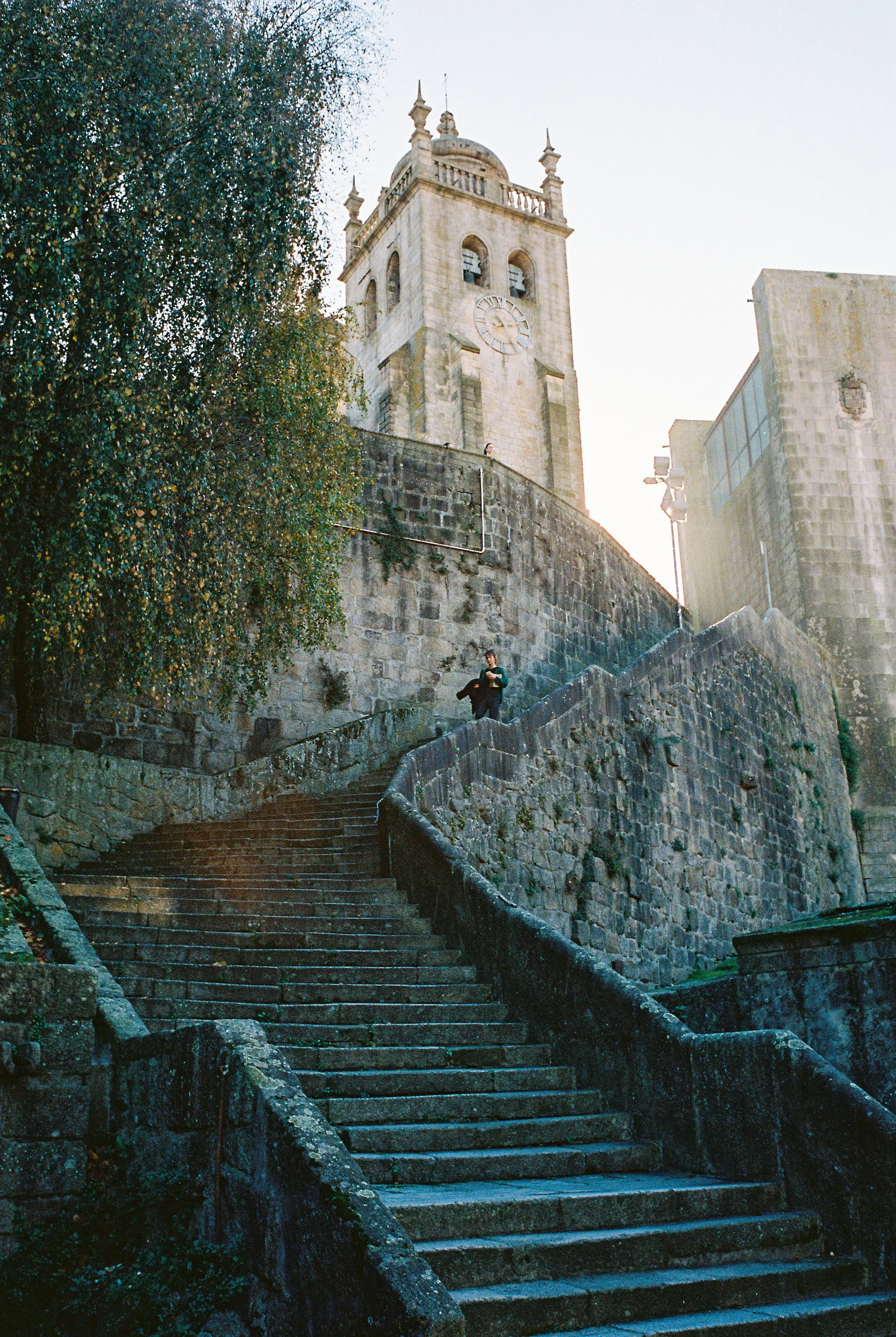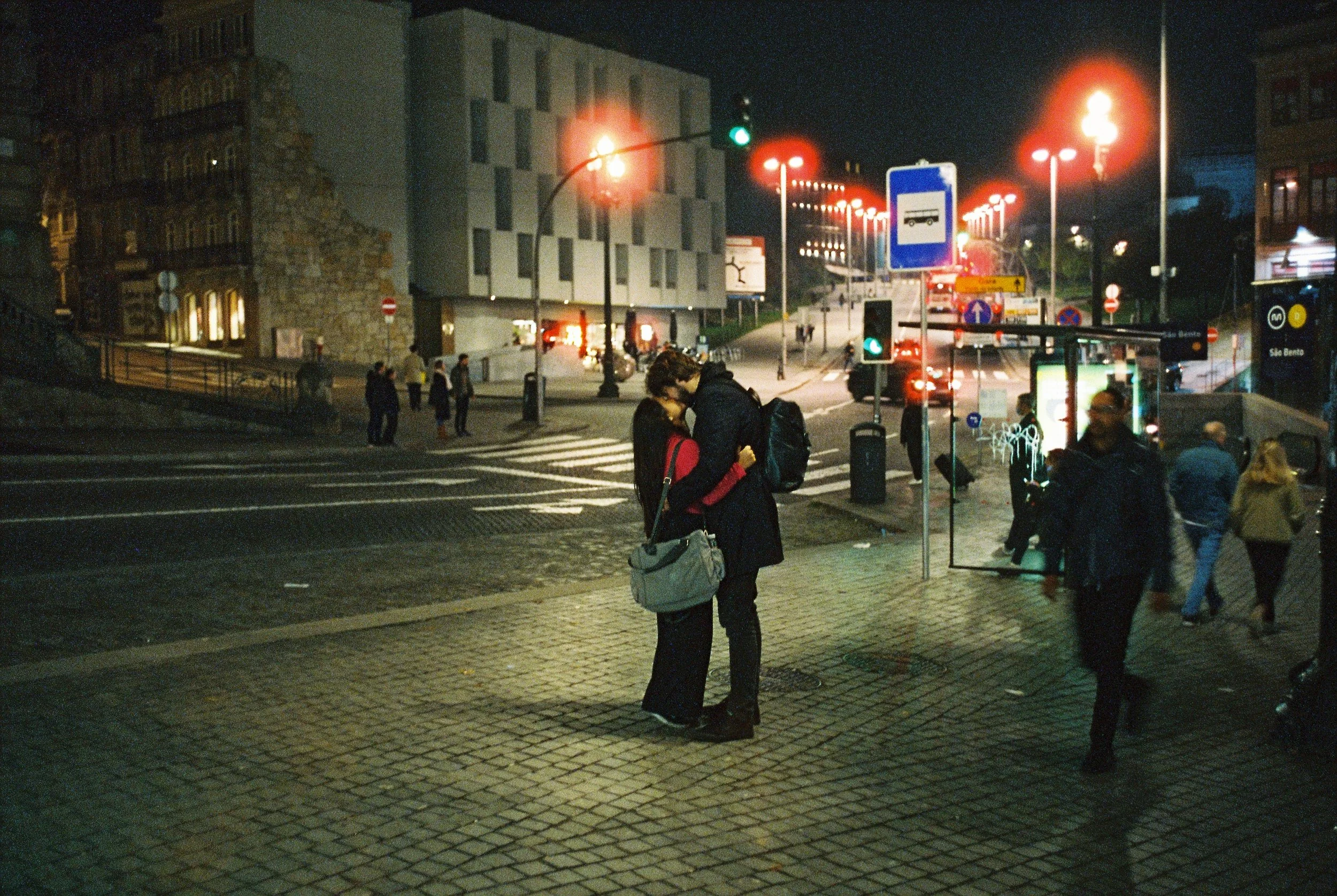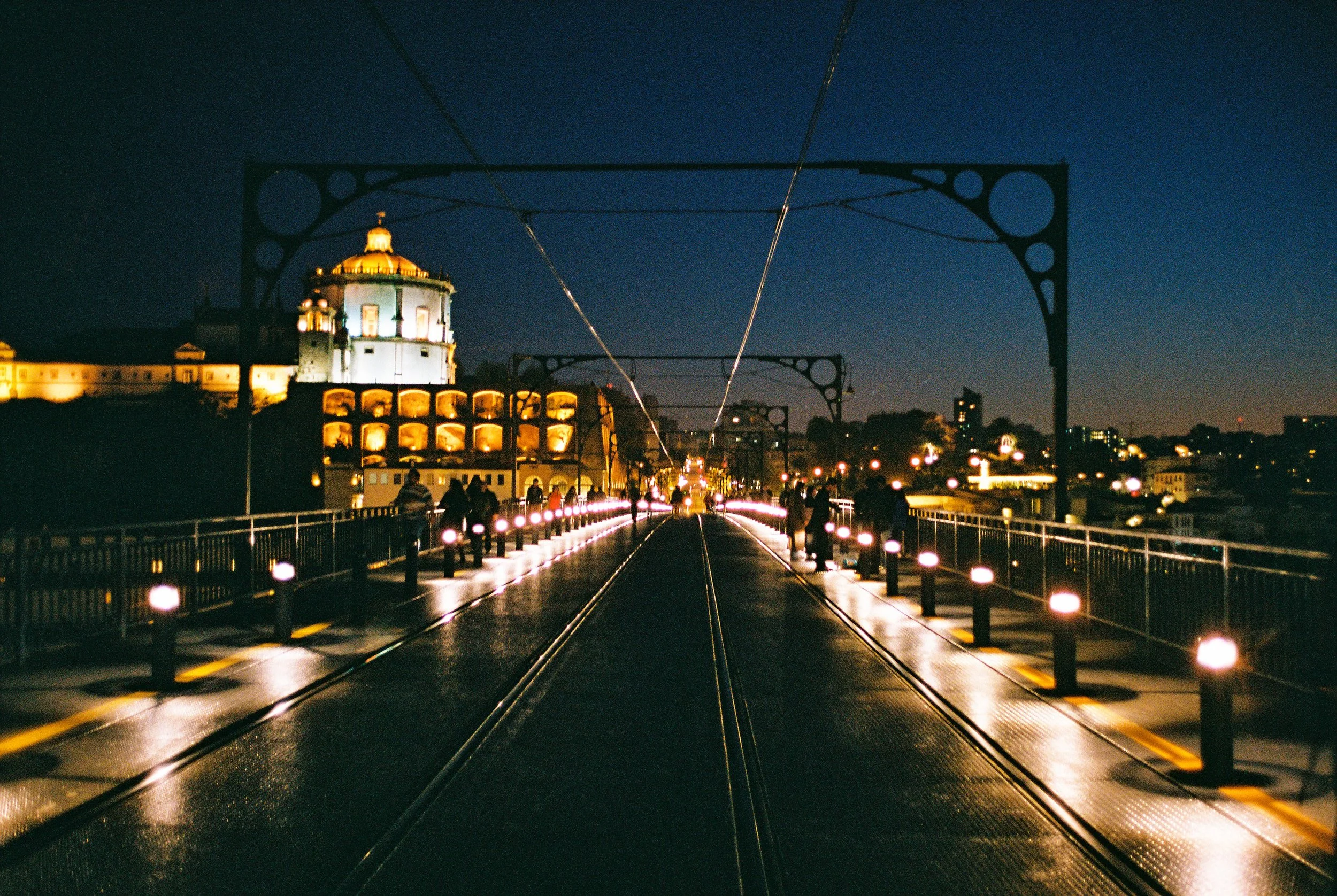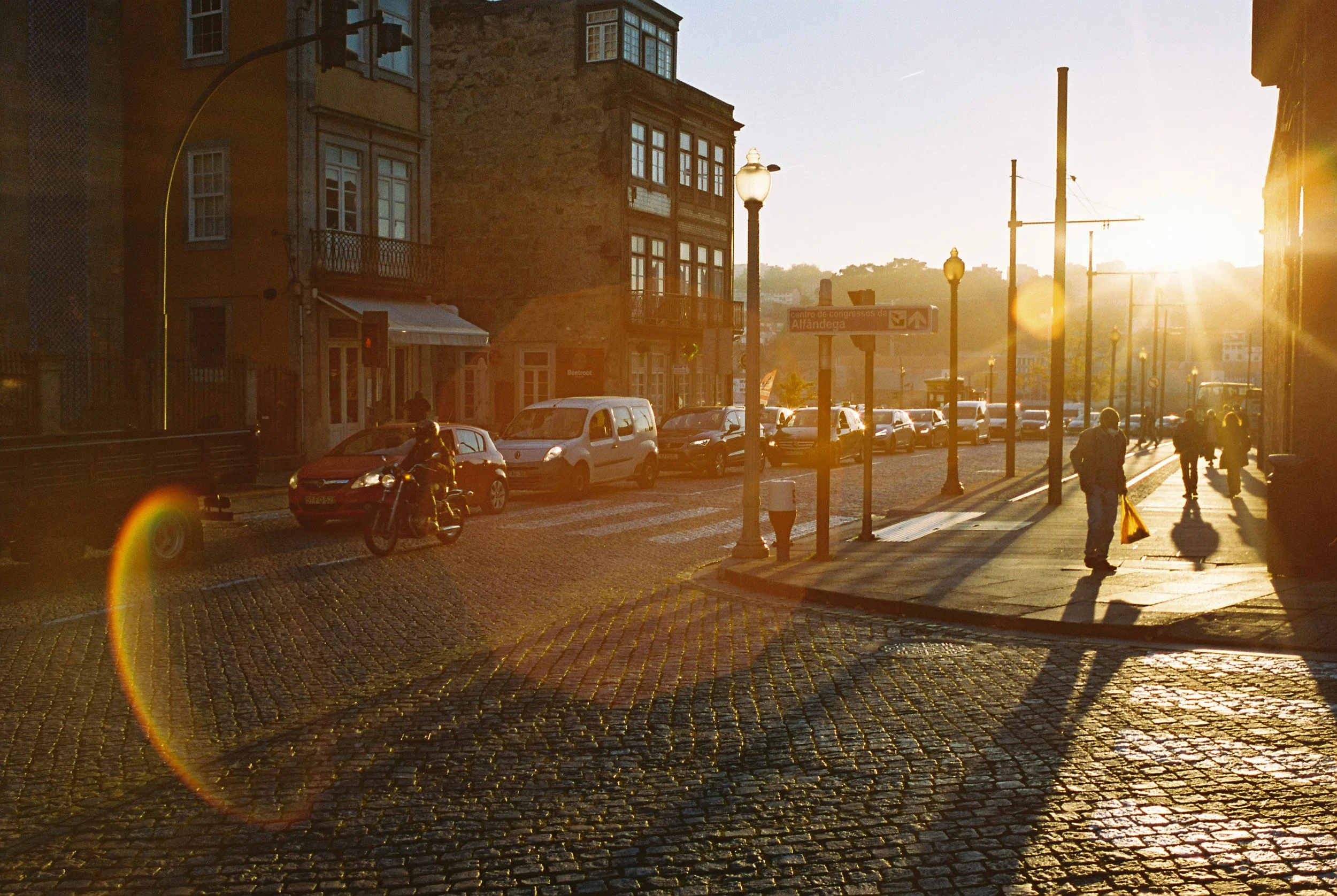Beyond the Black Box: Why the Lens Deserves the Limelight?
Introduction
In the world of photography, there's a pervasive myth that the quality of an image is solely determined by the camera. In the midst of the resurged wave of film photography, there's a common trope that often echoes in the corridors of YouTube videos and social media posts: "Shot on Leica M6", “Wow, that’s a stunning photo! You must have a LeicaM6“, “This camera shoots great pictures!“. While the romanticism of classic cameras carries its charm, it's crucial to set the record straight: the magic of a film photograph is not derived by the camera body itself, but by the magic of the lens and the film.
The Black Box
First, let'slets talk about the camera body, often referred to as “the black box.” The camera, in its essence is a light-tight container with a mechanism to hold and advance film. It’s the stage, not the actor. The camera provides the necessary functions: exposure control, film transport, and, in some cases, metering. But it doesn’t "see" the image. The assertion that the camera is the centerpiece of the photographic process is like giving all credit for a gourmet meal to the oven that baked it, rather than the chef who artfully combined the ingredients. The camera is the stage, but the lens is the performer.
The Lens: A Conductor of Light
Photography, at its heart, is the art of capturing light, and the lens is the true craftsman of your film picture's look and feel. Lenses are the eyes through which the world is rendered onto your film. They sculpt light, texture, and depth. A lens can add character through its unique set of aberrations, flare, sharpness, and the way it draws bokeh. Its focal length tells a story, with wide angles stretching perspectives and telephoto lenses compressing them. Aperture shapes depth of field, playing with what’s in focus and what’s not. The lens is where the physics of optics dances with artistic vision.
Focal Length and Perspective
The camera plays no part in the choice of focal length, yet it is this decision that dictates the perspective of the image. Wide-angle lenses create a sense of expansiveness and are capable of capturing vast landscapes, while telephoto lenses compress space, bringing distant objects into crisp focus. A nice prime lens can turn a mundane street into an interesting scene of light and shadow. It’s the lens that speaks the visual language of the image.
Aperture’s Artistic Touch
Aperture is one of the key artistic tools in a photographer's arsenal, controlling depth of field and influencing exposure. A lens with a wide aperture can gather more light, enabling photographers to shoot in lower light conditions without a flash and to isolate subjects with a shallow depth of field. A camera doens’t do this.
The Texture of Film
On the other side of the lens, we have the film – the canvas where light is translated into a physical image. Different films bring their own personalities to the table. The grain, the color rendition, the contrast, and the latitude are not just technical characteristics; they are the nuanced brushstrokes of your final image. Film choice is as vital as selecting the paint type and quality would be to a painter. Film is the medium that captures and reacts to the light. If you are reading this, you must’ve heard about the “Portra Tones”.
The Anecdotal Evidence
Any photographer who’s ever swapped lenses on their camera body knows the transformative power of this act. The same camera can capture a completely different image simply by changing the lens. It’s the reason why photographers invest heavily in their lenses, often proclaiming that a good lens can outlive multiple camera bodies. Of course, the fixed lens cameras and point and shoots doesn’t fall into this bucket.
The Lens Legacy
Consider the legendary lenses in history, like the Leica Elmar, Summicron, Summilux, Canon (LTM and FD series) or the Nikon F series (“F“ stands for Fantastic). These lenses are celebrated for their unique rendering of images, their ‘signature’ that can often be recognized by aficionados. There’s a character and a soul in a lens that you simply can’t deny.
Embracing the True Artisans
So, why do we so often hear "shot on a Leica" rather than "shot with a Nikon F - 50mm/f2 on Kodak Portra 400"? Perhaps it’s the convenience of shorthand, or maybe the iconic status of camera brands sounds cooler (you fancy pants!).
Unsung Heroes: Honor Where Honor is Due
To say that the camera is the centrepiece of photography is akin to saying it’s the piano, not Beethoven, that created the 7th Symphony. The lens is the unsung hero, the primary sculptor of light and perspective. The camera body is a vital component, of course, but it is time to correct the narrative. It’s time to give lenses their due credit and celebrate the true artistry that lies in the smooth curve of their polished glass and the genius mechanics of their build.
So next time when you look at a stunning film photo, remember that the lens captured the vision and the film embraced every photon of light in its chemical charm with the vision of the artist behind the camera. After all, it’s the picture that counts, not just the camera it was shot on.
All the images in this post were shot on Leica M6


